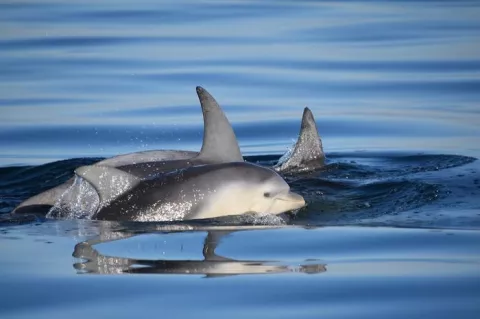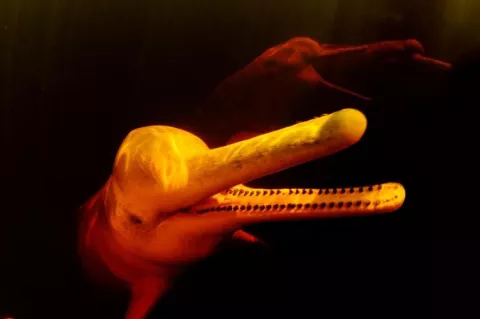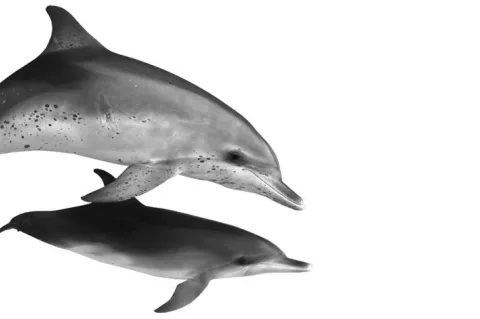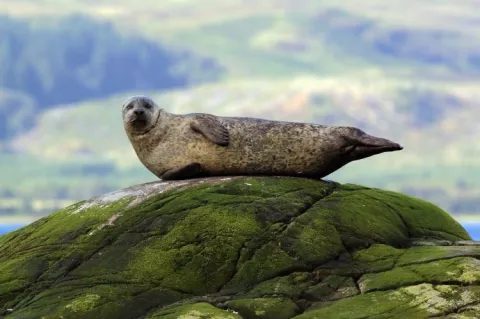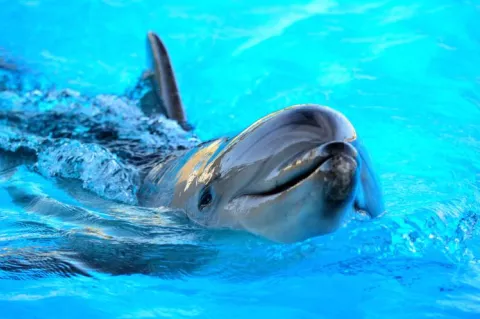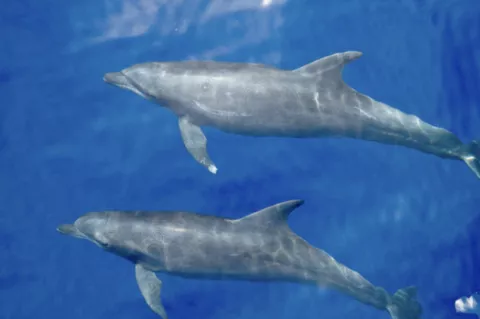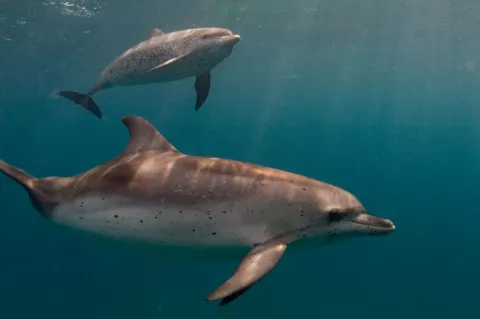Global Declaration for River Dolphins
Established in November, this initiative marks a concerted effort to protect some of the most vulnerable dolphin species inhabiting the world’s rivers, many of which are on the brink of extinction.
The Global Declaration for River Dolphins was signed by nine countries, including Brazil, Colombia, and India, all home to river systems where these endangered species are found. This agreement is pivotal as it represents the first international commitment explicitly focusing on the conservation of river dolphins, which face habitat degradation, pollution, and fishing threats.



